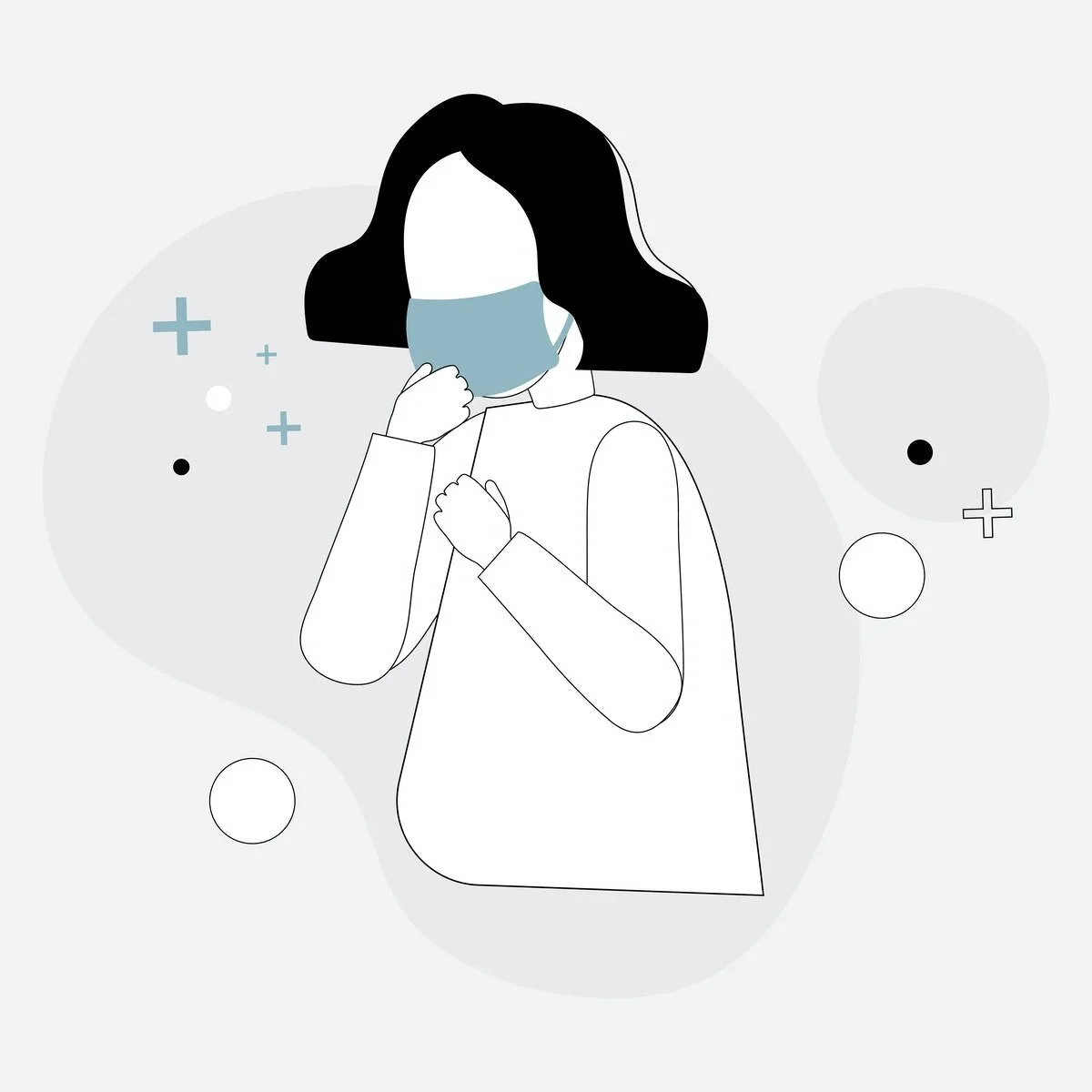Fear of Death & Disgust In The Midst Of COVID-19 Crisis

Disgust has its significant implication in exploring the nature of the revulsion with isolation and quarantine practices during the COVID-19 crisis.
It is a powerful universal emotion, and Darwin (1872) counted it as one of the six basic emotions. Although there is much variation in the behaviours across different societies, a common motivation for hygiene practices was the desire to avoid or remove things that were found disgusting. The failures of the health education approach in promoting hygiene-related behaviours have drawn attention to the need to understand existing motivations. This nature of disgust can best be understood as a mechanism for defence against infectious disease. Disgust differs from fear in that disgust involves a suspension of activity, while fear heightens activity in preparation for fight or flight (Phillips et al. 1998). Details of what constitutes a disgusting stimulus may vary from culture to individual levels, but there appear to be some prototypical objects of disgust.
What happens, at a very fundamental level, is that any situation that demands a confrontation with an injury or a threat to self or one's loved ones evokes a strong emotional reaction that becomes difficult to handle. The danger could either be perceived or real but the impact can be as grave as losing the sense of self and world around us. The mind starts to look for a culprit that it could attack to eradicate the problem to preserve one's integrity. This approach temporarily saves the person from having to face complicated feelings and emotions, but in the long run, it perpetuates the suffering. This suffering could range from fear, anxiety to panic, and terror. The mind ignores the situation at hand with the hope of getting rid of its reality altogether, only to harbour the suffering unconsciously. In the case of masses, absolute strict measures had to be taken. Lockdown, curfew, law enforcement agencies are taking over, releasing prisoners, ceasing the travel, and so forth. This forced quarantine may have evoked an extreme fear, almost like a Pre Traumatic Stress Disorder.
In a trending article recently (That Discomfort You're Feeling Is Grief by David Kessler in the Harvard Business Review) Kessler talks about some fundamental concepts; collective grief in the air, anticipatory grief, collective loss of safety, stages of grief and acceptance, open-ended nature of the pandemic, acknowledging the feeling, and fear of gang of feelings. Grief is a part of us. We can't deny it. To be a human is to have the capacity to relate. We emerge from a relational matrix. When we are forced to go into isolation, we have immense difficulty with coming to terms with the trauma of aloneness. Mark Epstein also reinforces and lays out very beautifully, in his book called The Trauma of Everyday, the relational aspect of life that is assumed to be one’s birthright. So does that mean COVID-19 has robbed us of our birthright?
I do not know the answer to this question. But I do know that this situation has in some subtle way robbed us from the absolutism of daily life. The things we took for granted are now no more reliable. The belief that we had in the world, our naive realism or in some cases optimism has been taking away and we are terrified. It's not happening to us. Death was a distant entity. The COVID crisis in no time has collectively given us the sudden realization that it is happening to us!! All our reassuring narratives and stories that soothed us have been questioned. The helplessness and powerlessness is making our minds chaotic. Our reality has been crushed. Truth came very abruptly. The truth of our mortality, our vulnerability, our weak existence in the face of this adversity.
Reminds me of something I read years ago: ‘just when I have all the right cards, everyone else started playing chess’. We thought we had figured it all out. I believe, at a collective level, this terror feels like almost regressing to the developmental stage where we have lost the comprehension of the universality of death. And then, we have been forced to confront the inevitability and inclusiveness of death by age, gender, class or any other variable (Mark Speece and Sandor Brent 1996). When we look at the concept of death and how one reaches the understanding of the totality of death, it makes sense. For a four-year-old, death is reversible, which means if someone has died that means they can come back to life. Similarly, the child cannot conceptualize the fact that they can die. It’s something that happens to older people and in some instances evil people. Nevertheless, the concept of personified death and that its unavoidable is usually achieved by the age of 8-9. This, of course, is subjected to vary (Maria Nagy 1948).
There is one more truth that we can’t deny: by the end of this crisis, we will evolve in different ways. There will be an evolution in the quality of angst we have had within us all along. Our ancestors have faced this. History tells us that we have survived such outbreaks. This realization doesn't pacify the suffering but nudges the complacency we have been in. Now that we have all collectively been thrown into this, we can either use the opportunity to evolve or lose it.
Aisha Sanober Chachar, MBBS, FCPS (Psychiatry), Consultant Adult and Pediatric Psychiatrist, Fellowship Child & Adolescent Psychiatry. Aga Khan University. Commonpurpose SALP 2017 alumna, fellow of Helmut Remschmidt Research Seminar (HRRS) 2019 and a winner of 2020 ACAMH Award for the Trainee of the Year.
Blog | Facebook | LinkedIn | Instagram | Twitter | Follow on GirlTable ►►►





